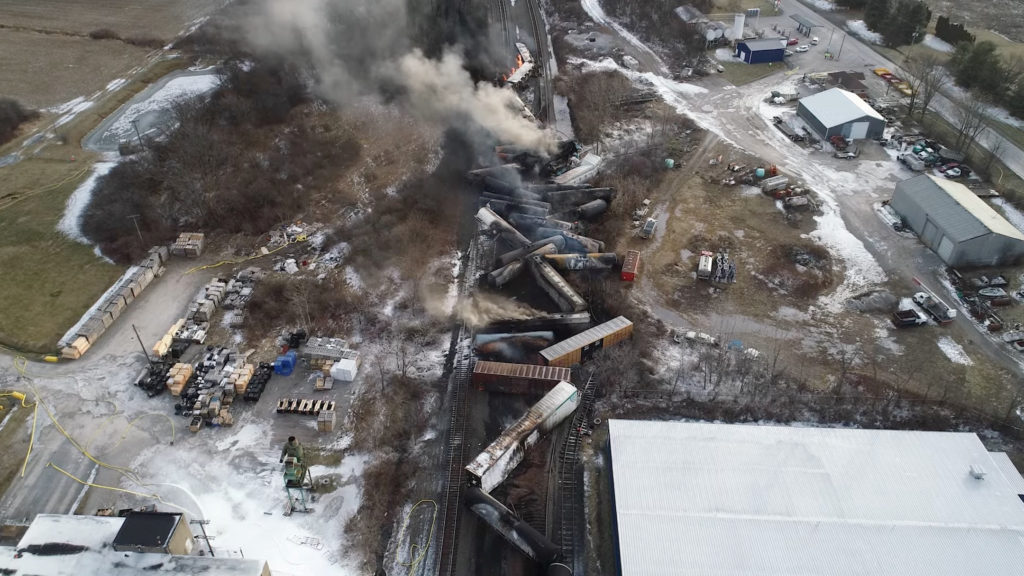Rare Earth Shortages Threaten Tesla's Optimus Robot Production Timeline

Table of Contents
The Critical Role of Rare Earth Elements in Robotics
Rare earth elements (REEs) are essential components in many high-tech applications, and robotics is no exception. Optimus, like most advanced robots, relies heavily on these elements for optimal functionality. Their unique magnetic and electrochemical properties are crucial for various robot components.
Specific REEs vital to Optimus's operation include:
-
Neodymium (Nd): A key ingredient in high-strength permanent magnets used in electric motors. These motors power the robot's movements and actuators.
-
Dysprosium (Dy): Essential for improving the temperature stability and performance of neodymium magnets, ensuring reliable operation even under stress.
-
Praseodymium (Pr): Often used in conjunction with neodymium to enhance the magnetic properties of permanent magnets.
-
High-strength permanent magnets in motors require Neodymium and Dysprosium for powerful and efficient operation. These magnets are crucial for the robot's locomotion, allowing for smooth and precise movements.
-
Sensors and actuators rely on REEs for their performance and sensitivity. Accurate sensing and precise actuation are paramount for robots to interact with their environment effectively. REEs contribute significantly to this capability.
-
Certain REEs are crucial for improving energy efficiency in various robotic components. This is particularly important for battery-powered robots like Optimus, maximizing operational time.
The Current State of Rare Earth Supply Chains
The global supply chain for REEs is characterized by significant geographical concentration and several challenges. Most REE mining and processing are concentrated in a few countries, notably China, creating a vulnerable global supply.
- China's dominance in REE processing and potential implications for global supply: China controls a substantial portion of the global REE processing capacity, potentially creating supply chain bottlenecks and price volatility. This presents a geopolitical risk to companies like Tesla reliant on a consistent REE supply.
- Environmental regulations and their impact on REE mining: Stricter environmental regulations in many countries are increasing the cost and complexity of REE extraction, potentially limiting supply. The environmental impact of REE mining is also a growing concern.
- Supply chain vulnerabilities and the risk of disruptions: Geopolitical instability, natural disasters, and pandemics can easily disrupt REE supply chains, impacting the production of technologically advanced products, including robots.
Impact of REE Shortages on Tesla's Optimus Production
The scarcity of REEs presents a significant challenge to Tesla's Optimus production timeline. Limited supply directly translates to higher prices and potential production delays.
- Increased production costs due to higher REE prices: As REE availability decreases, prices inevitably rise, impacting Tesla's manufacturing costs and profitability.
- Potential delays in meeting production targets: Insufficient REE supply could significantly delay Optimus production, impacting Tesla's market entry and competitive advantage.
- Impact on Tesla's stock price and investor confidence: Production delays and increased costs could negatively affect Tesla's stock price and erode investor confidence in the company's future prospects.
Potential Solutions and Future Outlook
Addressing the threat of rare earth shortages requires a multi-pronged approach. Several strategies could mitigate the risks and secure a stable REE supply for future robotics development.
- Diversifying REE sourcing: Reducing dependence on a single source by developing new mining operations and processing facilities in different regions is crucial.
- Investing in REE recycling technologies: Recycling REEs from end-of-life products can significantly reduce reliance on new mining. Technological advancements in REE recycling are essential.
- Developing alternative materials for robot components: Research and development efforts to identify alternative materials with similar functional properties to REEs are critical for long-term sustainability.
The long-term prospects for REE supply and demand remain uncertain. Technological advancements might eventually reduce REE dependence in robotics, but these solutions require significant time and investment.
Conclusion: Addressing the Threat of Rare Earth Shortages to Tesla's Optimus Robot
Rare earth shortages pose a significant challenge to Tesla's Optimus robot production timeline, impacting costs, production timelines, and investor confidence. Securing a stable and sustainable supply of REEs is crucial for the success of this and other groundbreaking robotics projects. We must invest in innovative solutions, such as diversifying REE sourcing, improving recycling technologies, and developing alternative materials. Addressing the threat of rare earth shortages is crucial for the success of groundbreaking projects like Tesla's Optimus. We must invest in innovative solutions to ensure a secure supply of these critical materials for the future of robotics.

Featured Posts
-
 My 77 Inch Lg C3 Oled Tv A Detailed Review
Apr 24, 2025
My 77 Inch Lg C3 Oled Tv A Detailed Review
Apr 24, 2025 -
 John Travolta Pogledajte Kako Je Njegova Kci Odrasla
Apr 24, 2025
John Travolta Pogledajte Kako Je Njegova Kci Odrasla
Apr 24, 2025 -
 The Untapped Potential Of Middle Management Maximizing Their Contribution To Business Growth
Apr 24, 2025
The Untapped Potential Of Middle Management Maximizing Their Contribution To Business Growth
Apr 24, 2025 -
 China Turns To Middle East For Lpg As Us Supplies Face Tariff Hikes
Apr 24, 2025
China Turns To Middle East For Lpg As Us Supplies Face Tariff Hikes
Apr 24, 2025 -
 Months Long Lingering Of Toxic Chemicals In Buildings After Ohio Train Derailment
Apr 24, 2025
Months Long Lingering Of Toxic Chemicals In Buildings After Ohio Train Derailment
Apr 24, 2025
